In North Guwahati, one finds history at every turn. About 25 km from Guwahati, once known as Durjaya, it was the capital of ancient Kamarupa. With river Brahmaputra skirting along the east, it is also known as Raja-Duar or King’s Gate. Besides several architectural vestiges, including inscriptions—each a masterpiece of our ancient heritage and civilization—North Guwahati is home to famous temple sites such as Dirgheswari, Daul-Govinda, Kurma-Janardan, Ashwaklanta, Rudreswar, and Manikarneswar.

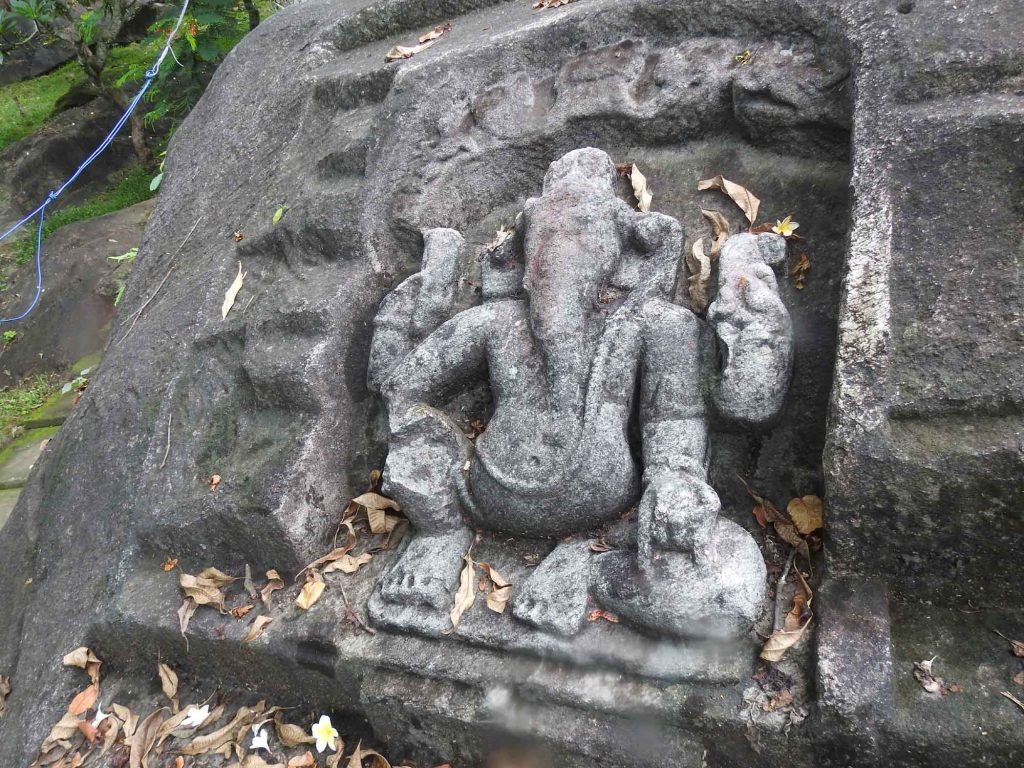
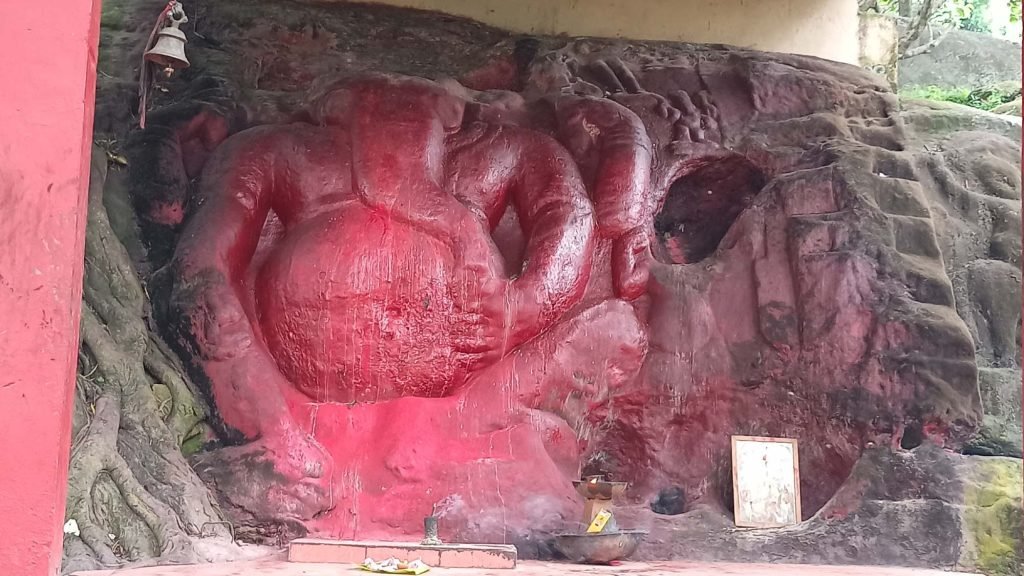
It is believed that prayers at the Kamakhya temple are incomplete without a visit to Dirgheswari, a shaktipeeth whose present structure was constructed by Ahom king Shiva Singha in the mid-16th century. The temple premises span a hillside, boast of rock cut sculptures of deities, including one of Lord Ganesha at the temple entrance—believed to be the largest in Assam. King Shiva Singha is also said to have built the Ashwaklanta temple in 1720 CE. According to Hindu mythology, Lord Krishna rested his horses here while searching for Narakasur. Sculptures and carvings dating back to 11th-12th century CE occupy pride of place in Ashwaklanta.
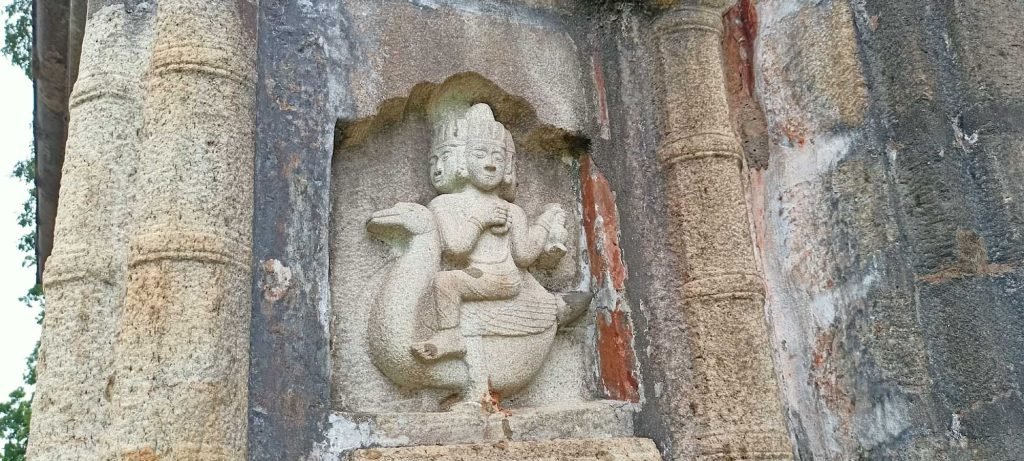
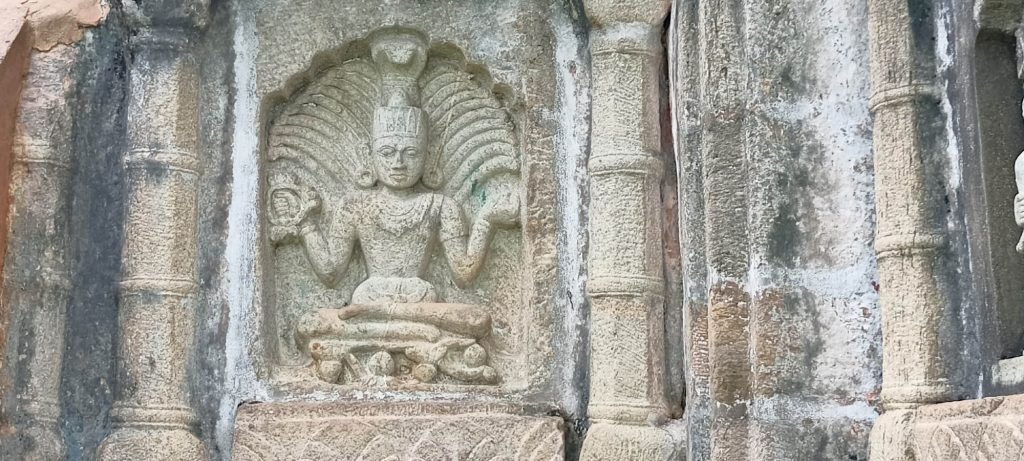

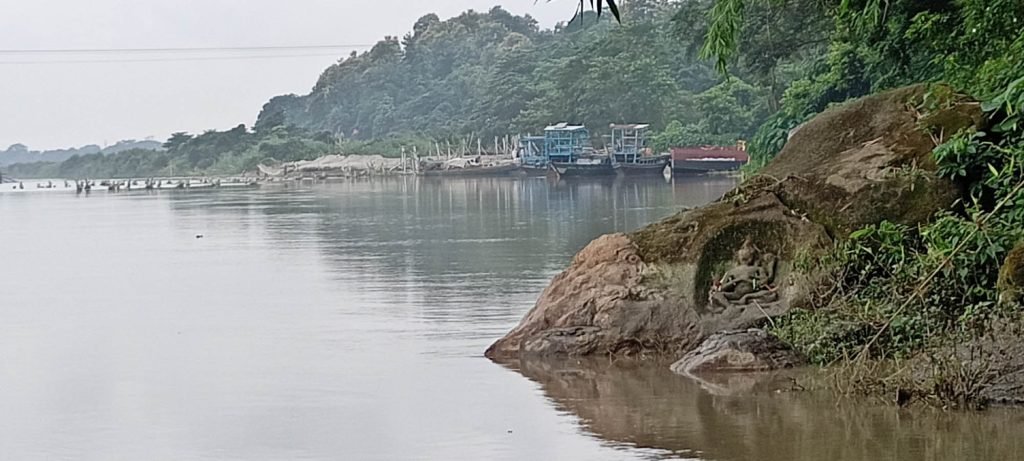

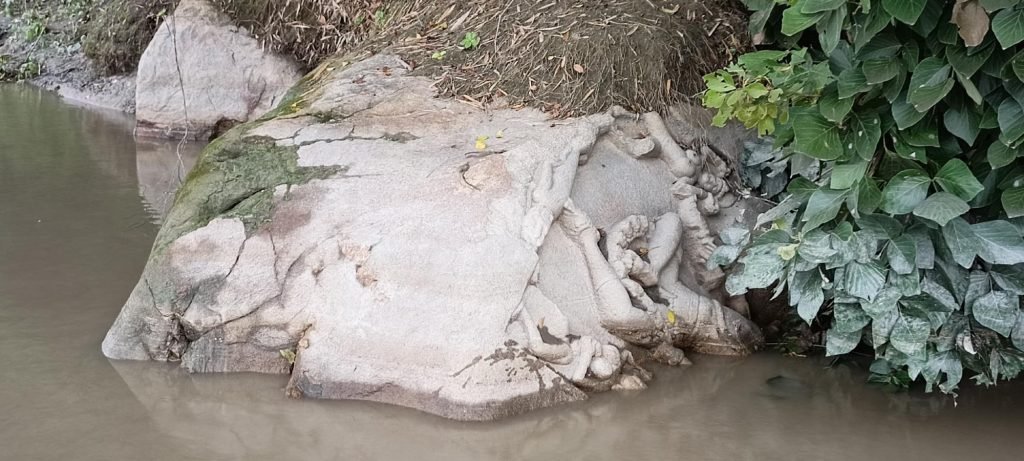
Another ancient brick-built temple is Manikarneswar, has an amazing location facing the river Brahmaputra, legends say that this is where a grief-stricken Lord Shiva sat after consort Sati’s self-immolation. It is home to rock boulders with sculpted art. The highlights are an outline of a rock-cut sculpture of Nagaraja and a Kalabhairava in inverted position. These sculptures need protection as they remain underwater during monsoon.

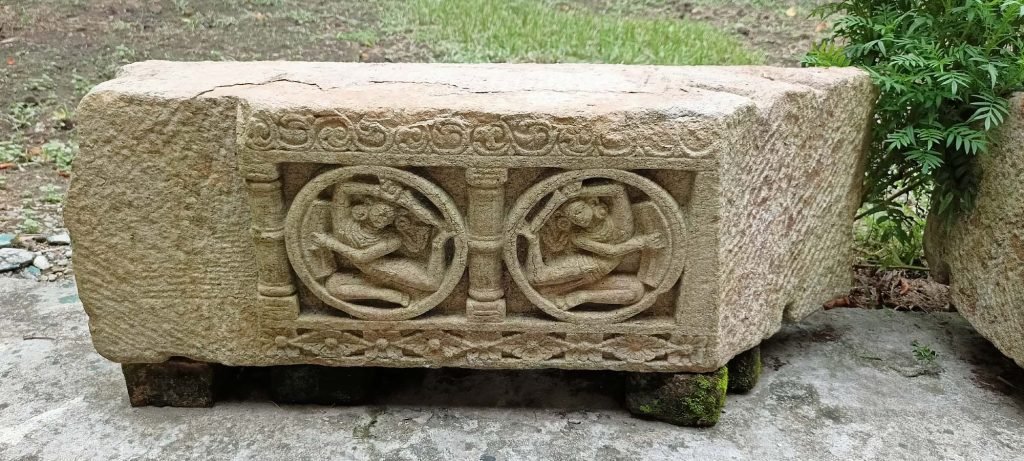
The jewels in the crown, however, are Madan Kamdev in Baihata Chariali, an archaeological site and Pingaleshwar. Stone temple carvings depicting everyday life and rituals in the former and dancing figures with other ancient relics in the latter are exemplars of master craftsmanship. They speak of a culturally flourishing era and offer a glimpse of Assam’s vibrant heritage.
With such and a lot more sites of archaeological importance, Assam is a treasure trove of old civilisations. They are our connection to a rich past that calls for further exploration and conservation for our future generations.

Thank you Arijit for letting us know more about Assam
In your description please add how to reach those places , where to stay etc then it will be more
helpful for the tourists/ visitors